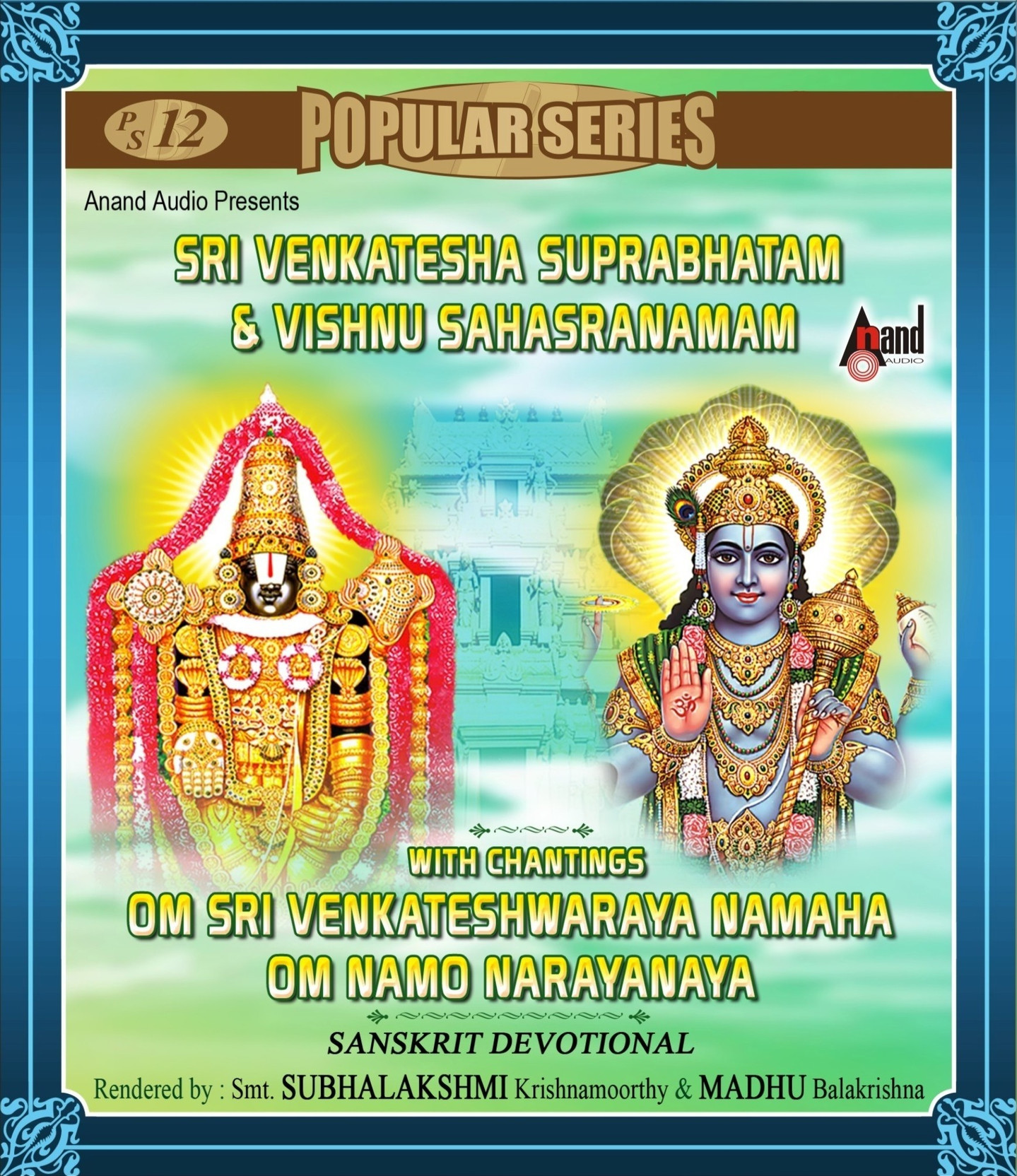


As a result, the quality of our consciousness changes significantly. Our wants and needs evolve throughout our lives, from childhood to adolescence to youth, and so on. The mind is one-pointed and fixed on one god and its traits, even if it is only for a half-hour it stops roaming. These chants have a way of capturing our wandering thoughts. It purifies the mind and raises one’s consciousness. It is a ceremony in and of itself to recite the Sahasranama. This will make it easier to portray each quality’s numerous dimensions in a consistent manner. The allusions to a specific trait have been woven together. Lalitha’s goal is to provide the reader with an understanding of the various attributes listed in the Sahasranama, as well as a peek into both layers of significance. Despite all of life’s difficulties, the lotus-eyed person can live in it and recognise beauty and purity. Lotus-eyed, for example, denotes a pure and attractive perception. The language is lovely and has a deeper meaning as well as laukika (everyday material matters). What is remarkable about the Lalitha Sahasranamam?īhasa saundarya is present in the Saharasnama. The goddess’s varied traits are named in the form of names organised in a hymn, and it is a key scripture for Shakti devotees. It is a sacred book for Hindu devotees of Goddess Lalita Devi, who is regarded a manifestation of the Divine Mother ( Shakti), and is thus employed in the worship of Durga, Lakshmi, Parvati, Kali, Bhagavati, and other goddesses. Similarly, each Divine name in the Sahasranama alludes to a different trait or quality of the Divine. We remember the fragrance of a sandalwood tree when we think of it. We chant 1,000 names of the Divine Mother in the Lalitha Sahasranamam. For Trisati and Sahasranama, Sree Adi Sankaracharya and Sree Bhaskararaya provided interpretations. In the form of Sree Chakra, it contains details regarding the creation of Sreepura. The Goddess’s manifestation for the destruction of a demon named Banasura is described in the Lalitha Purana. Sri Lalitha Sahasranama is in the 36th chapter of Lalitopakyana in Brahmanda Purana.It is offered to the Agasthya Maharishi in the form of instructions given by Hayagriva, an avatar of Sree Maha Vishnu. A free consciousness is inherently joyous and vigorous because it is free of cravings and aversions and is well-founded in the Self.

Lalitha is the Self’s exuberant, vibrant, and enthralling expression.


 0 kommentar(er)
0 kommentar(er)
